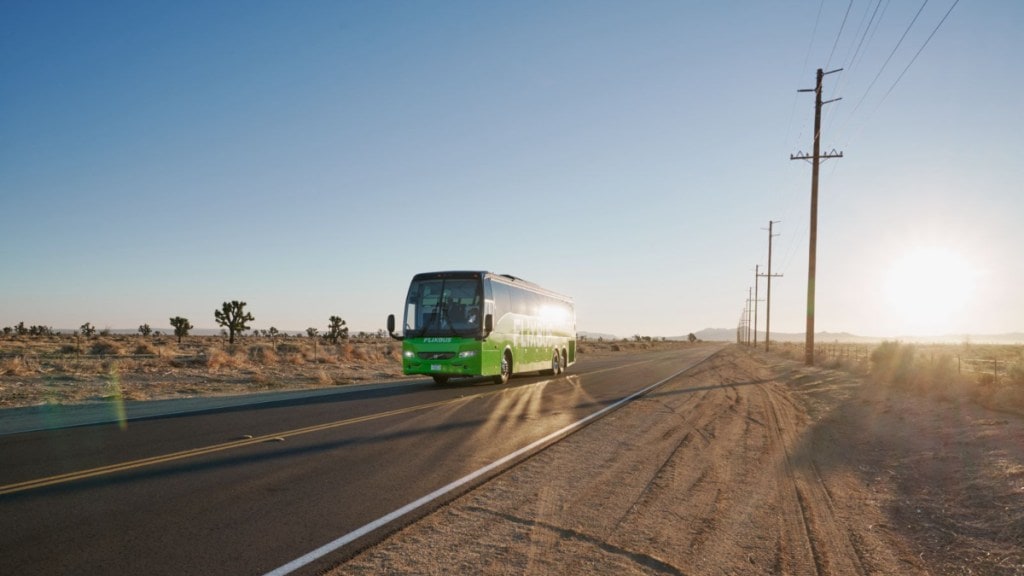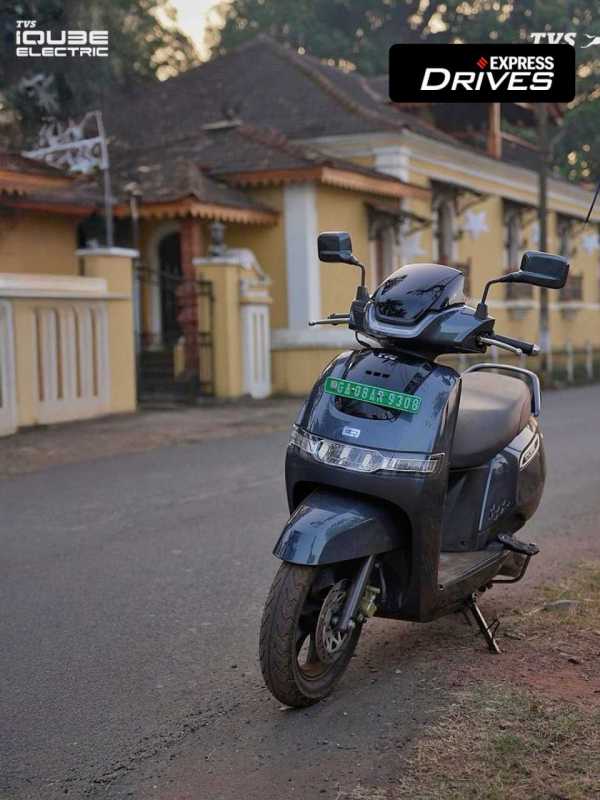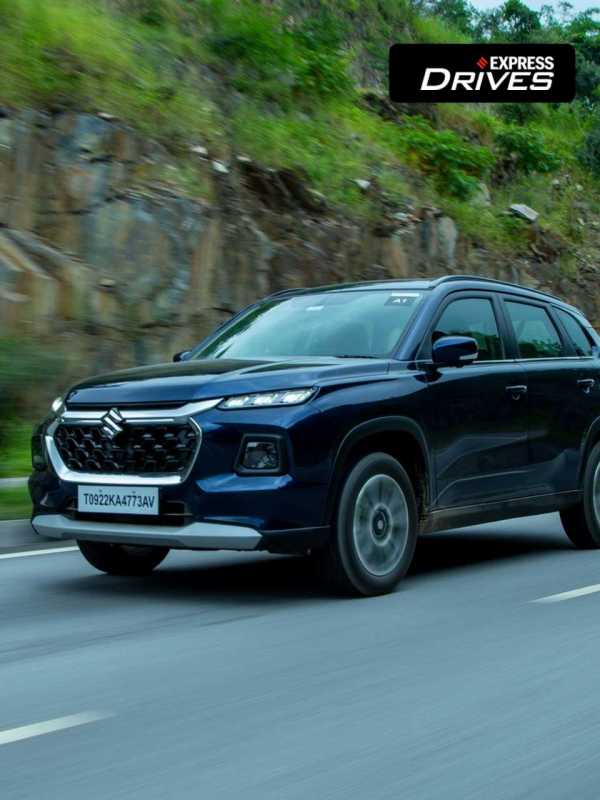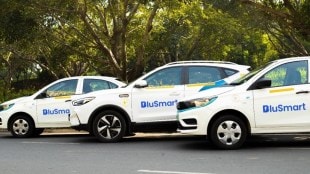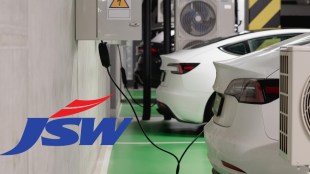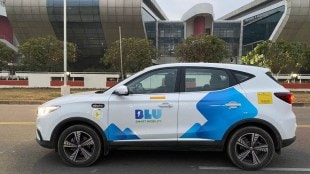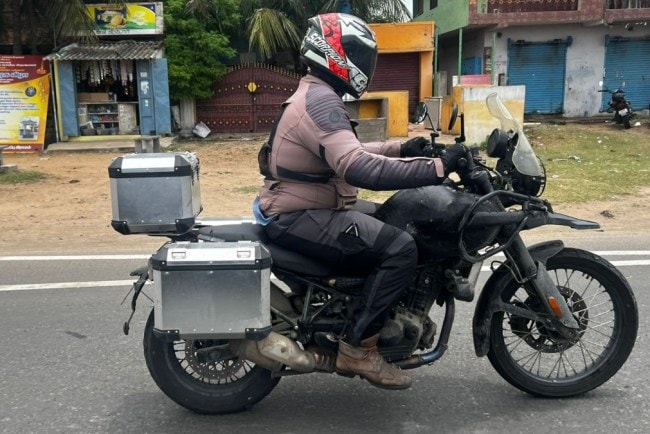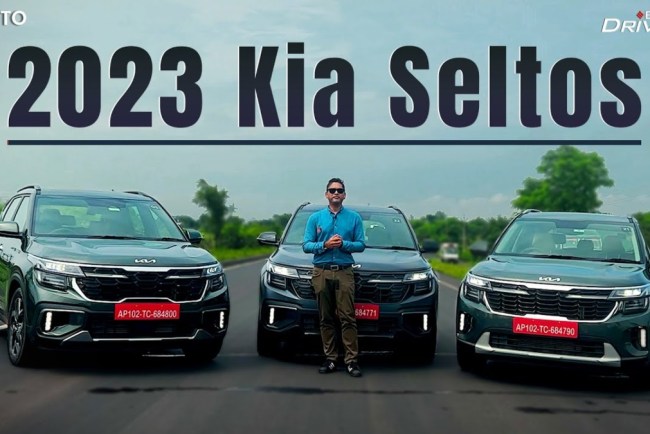By Surya Khurana
For the last six to eight weeks, numerous cities across India have transformed into hazardous environments filled with toxic smoke. Whether it’s major metropolises such as Delhi and Mumbai or smaller towns like Jhunjhunu in Rajasthan, Bhagpat in Uttar Pradesh, or Begusarai in Bihar, the air quality consistently falls into the ‘severe’ or ‘very poor’ categories. A recent IIT-Kanpur study has found that vehicular pollution has been contributing 25-38% to the air pollution in Delhi. While steps need to be taken to address all contributing factors, a renewed emphasis on the age-old solution of choosing buses over cars, can provide some relief.
A shift in behaviour toward more bus usage by owners of personal vehicles, for both intra and inter-city travel, will also bring many additional benefits such as a decrease in congestion, improvements in public infrastructure and taking India closer to its goal of becoming carbon neutral by 2070. This can happen if the government and the private sector work in tandem to make buses a more comfortable and sustainable mode of transport.
The government of India has been taking progressive steps to ensure reduced carbon emissions from bus transport. The nationwide implementation of BS6 emission standards showcases the government’s dedication to environmental sustainability. A mix of development of the right infrastructure, investment in fleets and their management and strong disincentive against using private vehicles can further bolster the government’s efforts to transform public transport.
Fiscal incentives being offered currently for electric buses are mostly focussed on intra-city and need to be extended to inter-city buses for these schemes to mature and reap the right outcomes. Besides two-wheelers, FAME II has come closest to meeting its targets in the category of electric buses. Therefore, the third phase of the FAME scheme which is currently being deliberated should allocate a higher proportion of subsidies toward electric buses. This will generate greater demand from private operators. The cost of e-buses being significantly higher than diesel buses remains the most important challenge that must be addressed through additional public funding. The lack of adequate charging infrastructure also continues to spread anxiety among bus operators and retail buyers of electric buses about buying an expensive asset without clarity regarding battery life, battery recycling norms, and lithium-ion battery waste management. Providing clarity on the policy roadmap on these issues can accelerate fleet transformation considerably.
Private sector undertakings will have to work together with the government in decarbonising the mobility sector. Non-public buses constitute 92% of bus market in India operating as school buses (31% of total bus fleet), private stage carriage and contract carriage services (28%), employee transport (18%), contract and tourist operations (15%). Among these, the private stage carriage services and contract carriage buses providing rural and intercity services constitute 55% of the total daily vehicle-km operated by buses in India. Players in these sub-categories should take effective steps to improve sustainability metrics at scale by deploying better technology, network planning, and fleet transformation. The emphasis should be on avoiding CO2 emissions by phasing out older vehicles and maximising the load factor of fleets with the use of technology. This will optimise the number of vehicles on duty and help reduce tons of CO2 emissions. Further, travel tech players can enable fleet transformation by facilitating cross-sector partnerships with climate-smart OEMs and encouraging the public to choose collective mobility.
In the medium to long term, all actors involved in reshaping mobility, ranging from manufacturers to the government to the operators themselves, should jointly participate in setting the conditions for travel tech players to invest in fleet transformation by testing alternative fuels or going electric. As we continue to drive towards a greener future, there are many reasons to remain optimistic about the positive impact collective efforts can make on our planet. By choosing sustainable practices, embracing innovative technologies, and collaborating with partners who share each other’s vision, the government and private players can together pave the way for a future where travel is not just a journey but a responsible choice.
The author is the MD of Flix India.
Disclaimer: The views and opinions expressed in this article are solely those of the original author. These views and opinions do not represent those of The Indian Express Group or its employees.

